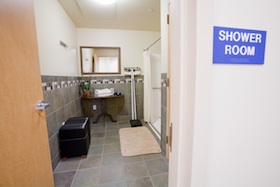Therapeutic exercise is a hallmark of physical therapy. Among many benefits, therapeutic exercise can restore correct strength ratios between muscles, increase functional capacity, and improve coordination. When prescribing therapeutic exercise, the physical therapist must consider the entire sequence of neuromuscular events that allows the patient to perform their daily activities and sports. This sequence can […]
Posts tagged as:
